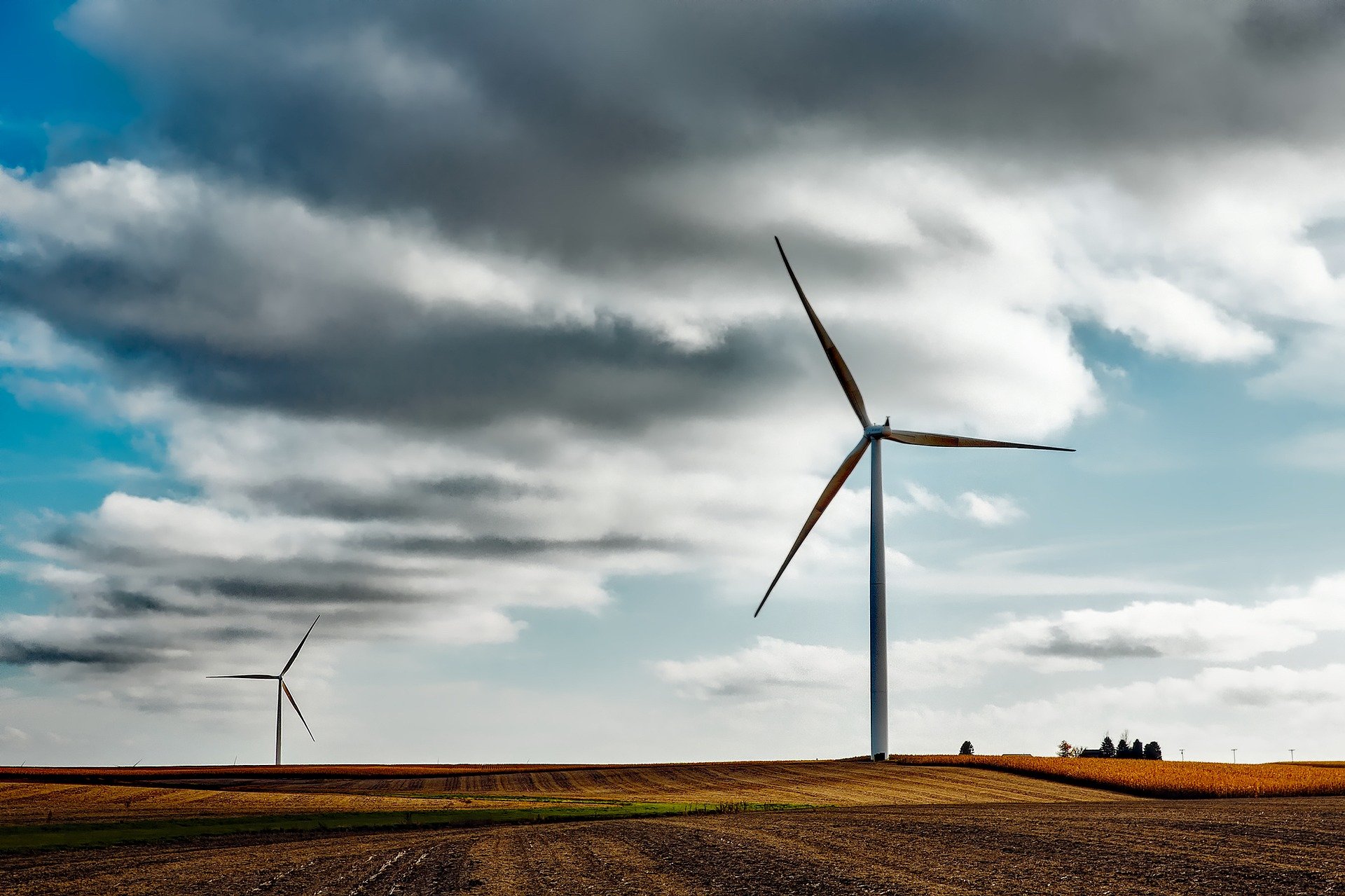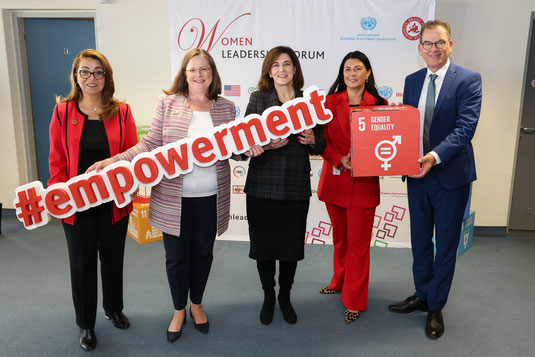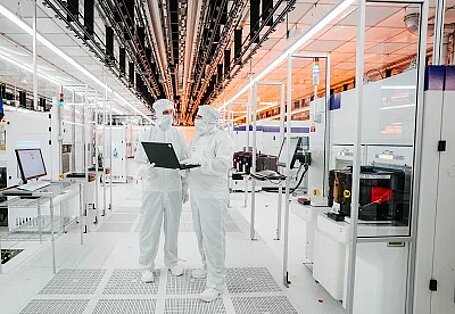Anyone who has seen US television network HBO’s series “Chernobyl” will know that the circumstances of the Chernobyl nuclear disaster were not only due to outdated equipment, but primarily due to human error. An area half the size of Germany was contaminated at that time. It is no wonder that the population has a great fear of nuclear power plants. Nuclear power plants are contested theatres of war in the current Russia-Ukraine conflict. For example, the reactor in Zaporizhzhia was recently on fire after a Russian attack. The Chernobyl nuclear power plant has been occupied by Russian forces since the beginning of the invasion.
Nuclear power “No thanks”
A nuclear power plant has not been commissioned in Austria since the Zwentendorf referendum in 1978. In Germany, Schröder’s government decided to phase-out nuclear power in 2001. It was expected that the phase-out would be revised under Schröder’s successor Angela Merkel. However, the latter backed down after the Fukushima catastrophe in 2011 and confirmed the phase-out of nuclear power by 2022. 8 of the 17 nuclear power plants were closed in 2011 and thus almost 40% of electricity production from nuclear energy. Operations were discontinued at 3 of the 6 remaining power plants at the turn of 2021/2022. The remaining 3 nuclear power plants should be history at the end of 2022.
Slow down
Nord Stream AG, a subsidiary of the world’s largest natural gas production company Gazprom, also began planning a second Gas-Pipeline (subsequently named Nord Stream 2) in 2011. This was supposed to lead from Russia through the Baltic Sea to Germany and secure cheap access to gas for years to come. The certification of the Nord Stream 2 Pipeline, which cost no less than 11 billion Euros, was summarily put on hold by Germany following Russia’s invasion of Ukraine.
More than 40% of European gas imports come from Russia
Europe does not have sufficient gas and oil production to be self-sufficient. Even the previously low level of production has been reduced in recent years. Gas production in Europe reduced by more than 20% in the last 20 years. However, access to energy is one of the most integral interests of a sovereign state. An important key figure in this context is the energy dependence rate: It indicates the percentage of energy demand that has to be imported. The USA has been dependent on oil and gas imports for a long time. This dependency has declined. It has even been a net exporter since the shale gas boom. This is certainly a reason why the Americans spoke out against Nord Stream 2. The energy dependence rate in Europe is at a very high 60% (see Fig. 1). This figure increased even further in recent years. Russia is the most important import country: For example, more than 40% of gas imports come from Russia. Dependence on Russian gas increased even more after the Crimea crisis in 2014. Europeans invested in liquefied natural gas import terminals. However, that was just a drop in the ocean. Overall, it must be said that some things were missed in European energy policy, as can be seen in Fig. 2.
No alternative to renewable energy
The current escalation resulted in a radical rethink within Europe. It is now conceivable for Germany’s Minister for Economic Affairs and Climate Action Robert Habeck to extend the service life of coal and nuclear power plants. He talks about there being no “taboos on deliberations”. A step that would have been unthinkable for a Green minister, which Habeck is, a month ago. His election manifesto talked about completing the nuclear phase-out and accelerating the coal phase-out. He is now even planning to create a national coal reserve.
The German finance minister Christian Lindner (FDP) speaks of renewable energies as “freedom energies”, which Germany could use to break free from dependencies. Europe has already provided impetus and set objectives for these “freedom energies” and it is a clear forerunner since renewable energies replaced fossil fuels as the largest energy producer for the first time in 2020. Renewable energies made up more than one fifth as a share of energy consumption in 2020. These ambitions will accelerate in view of the current situation: Renewable energy is now the cheapest source of energy and the only one that can be produced in Europe in sufficient quantities to be self-sufficient. Germany has already announced that it intends to obtain 100% of its energy from renewable sources by 2035 – 5 years earlier than originally announced. Solar capacities should more than quadruple by 2030 and approval procedures for wind and solar are to be accelerated.
Will the development of storage technologies be accelerated?
History and social sciences refer to the law of unintended consequences. For example, some historians speculate to this day that without the humiliating Treaty of Versailles, the Second World War would not have happened. The unintended consequences of Putin‘s invasion of Ukraine are already foreseeable: Energy sovereignty is recognised as a geopolitically desirable goal in Europe. Energy imports will be diversified. The already planned, significant development of renewable energies, but also the expansion of storage technologies such as batteries or hydrogen, will be driven forward even faster in order to reduce dependence on imports. Considerable sums will be spent on this.

“The expansion of renewable energies but also of storage technologies such as batteries or hydrogen, will be driven forward even faster in order to reduce dependence on imports.” – Alexander Weiss, energy and raw materials expert Erste AM (© Klaus Ranger)
When Germany withdrew from nuclear power in 2011, critical voices predicted a power and energy crisis. This did not materialize: The elimination of nuclear power plants could be cushioned by renewable energies. We are convinced that the long-term answer to today’s energy crisis for Europe will be renewable energies. Shares in this sector have outperformed strongly since the outbreak of the war and should be able to profit increasingly from the coming investments in the future.






